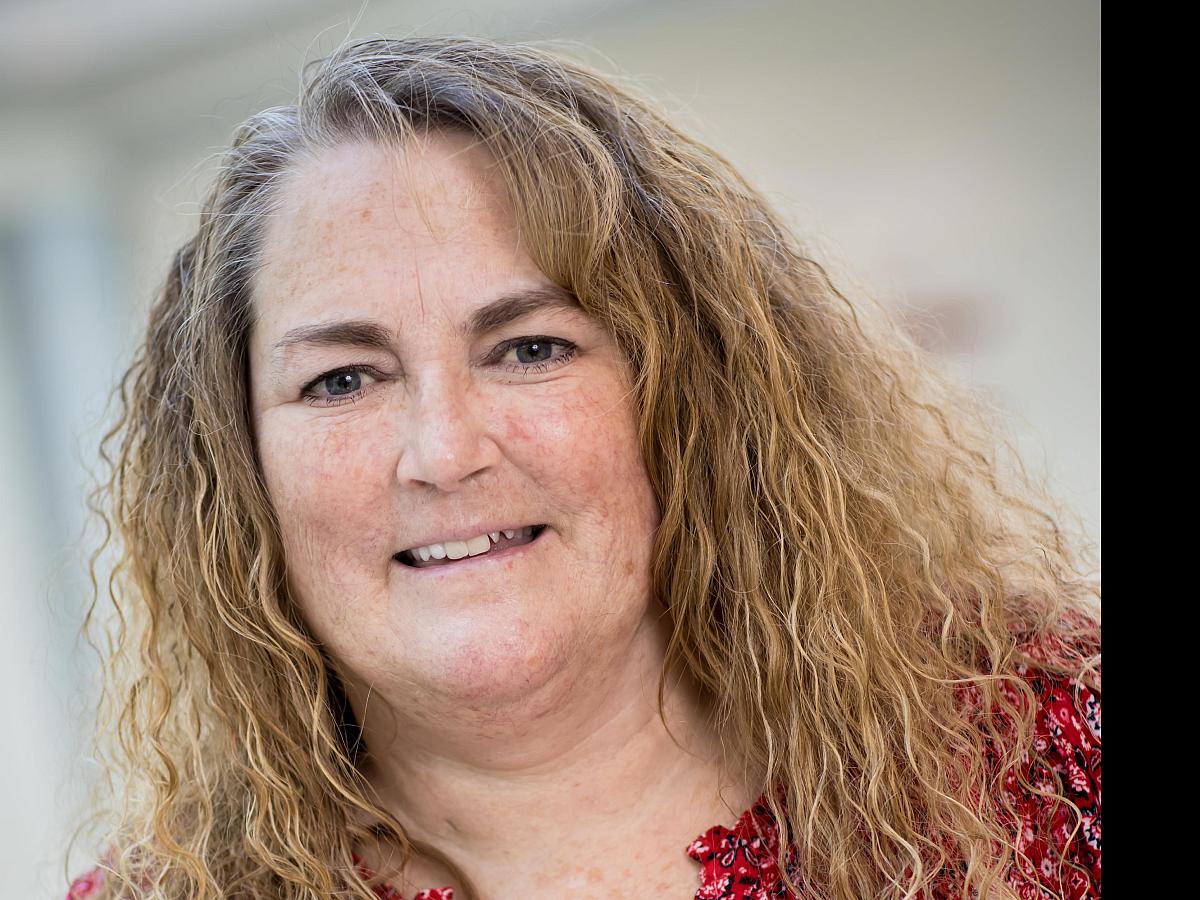
COPD Stages & Diagnostic Testing
COPD Stages
Many physicians classify COPD into stages, which can help provide a better understanding of the severity or progression of your disease. While COPD stages are not an official medical diagnosis, they can help you and your doctor decide the best course to treat your COPD.
Doctors use the GOLD (Global Initiative for Chronic Obstructive Lung Disease) system to identify COPD stages based on:
- your symptoms;
- spirometry test (measures lung capacity) results;
- whether your COPD has gotten worse over time;
- number of hospital stays related to COPD; and
- other conditions that might make COPD worse, such as diabetes, heart disease, or high blood pressure.
Once your doctor takes all these things into consideration, they may tell you that you fall into one of these four stages:
- Stage 1: During this mild stage, you may experience no symptoms or a few symptoms such as some shortness of breath during heavy exercise or after walking upstairs.
- Stage 2: During this moderate stage, you may experience some shortness of breath while walking and have to stop every few minutes to catch your breath.
- Stage 3: This severe stage causes significant shortness of breath, even during daily activities like getting dressed.
- Stage 4 (end-stage COPD): This very severe stage of COPD is likely accompanied by other conditions, such as lung failure or heart failure. You may experience shortness of breath all the time, even while resting.
COPD Diagnosis
Pulmonology specialists at U of U Health use several diagnostic tools and tests to identify COPD stages, which will help determine your best COPD treatment options.
Your doctor may recommend one or more of the following tests after discussing your symptoms and doing a physical exam:
- spirometry,
- CT scan,
- chest X-ray,
- to determine whether you have alpha-1-antitrypsin deficiency (a genetic disorder that can lead to COPD).
Laboratory tests may also be used to rule out other conditions with symptoms that are similar to COPD.
What Is a Spirometry Test?
Spirometry tests are used to measure lung capacity by determining:
- how much air you inhale,
- how much air you exhale, and
- how quickly you exhale.
Your doctor will use a spirometry test if they think you have COPD or another chronic lung disease, such as asthma. Doctors also use spirometry tests after your diagnosis to determine how well medications or other treatments are working, and whether the condition is getting worse.
During a spirometry test, your doctor will place a clip on your nose to make you breathe through your mouth only. While seated, you will take a deep breath and blow out as hard and as fast as you can into a tube. You will repeat this three times.
The device measures:
- Forced vital capacity (FVC) — How much air you can exhale after taking in a deep breath
- Forced expiratory volume (FEV) — How much air you can force out of your lungs in one second.
Your doctor will use the highest FVC and FEV results. Lower-than-normal results for FVC, FEV, or the relationship between FVC and FEV, can be a sign of obstructed breathing in your lungs due to COPD or another condition.
Symptoms of End-Stage COPD
A person with stage 4 COPD, or FEV levels that are below 30 percent, has end-stage COPD. It’s the most advanced form of the disease.
Symptoms of end-stage COPD are similar to the symptoms for other stages, but often more severe. These include:
- severe limits to your physical activity,
- extreme shortness of breath,
- blue-tinted skin as a result of low oxygen levels,
- confusion or memory loss from oxygen deprivation,
- frequent lung infections,
- more frequent or more severe COPD exacerbations and flare-ups,
- trouble eating and swallowing,
- muscle wasting (a loss of muscle mass) and weakness,
- anxiety, and
- depression.
Find a Pulmonologist Near You
Risks of End-Stage COPD
A person with end-stage COPD will have difficulty getting enough oxygen to their body from their lungs. When that happens, they’re at higher risk of severe or life-threatening conditions, including:
- very low blood oxygen levels (hypoxemia),
- low oxygen levels in body tissues (hypoxia),
- chronic respiratory failure,
- buildup of carbon dioxide in your body, or
- failure of the right side of the heart.
Treatment for End-Stage COPD
It is difficult to treat end-stage COPD. Some patients can benefit from lung volume reduction treatment therapies. Others with end-stage COPD might be eligible for a lung transplant, but that is something you will need to discuss with your doctor.
For many patients, end-stage COPD treatment includes palliative care to manage pain and difficulty breathing, and assist with daily living activities. This type of care does not treat the underlying COPD condition. Options for palliative care include:
- anxiety or depression medication;
- complementary therapies, such as yoga or massage;
- assistance with activities like getting dressed or cooking; or
- hospice care.
Make an Appointment with Our Pulmonary Specialists
Call U of U Health Pulmonology at 801-581-5943 to schedule an appointment with one of our experienced pulmonologists.
You do not need a referral from your primary care provider to schedule an appointment with us. However, some insurance providers require that you get a referral before you see a specialist. Contact your insurance carrier with any questions you may have about your plan requirements.
Meet Our Pulmonary Patients
Double Lung Transplant Saves Utah Veteran's Life
For Joe Rands, breathing hasn’t always been easy. After living with pulmonary fibrosis for more than 15 years, breathing became more and more difficult in the early months of 2020. Unfortunately for Rands, a 59-year-old veteran and Utah native, the decline came hard and fast.
“I thought I was out of shape, and everyone else just thought I was lazy,” said Rands. “That is, until I started getting extreme headaches, feeling lightheaded, and sluggish.”
Respiratory Issues From Unknown Cause Leads to Lung Transplant
In her big, blended family of nine, Maylee Lemon is an optimist who loves to keep everyone laughing. It was during her pregnancy with her youngest daughter in 2005 that she first noticed some respiratory issues, but at the time she thought it was pregnancy-related.
Later after her pregnancy, Maylee went to see a pulmonologist who started monitoring her condition. Eventually she was referred to the Lung Transplant Team at University of Utah Health.





